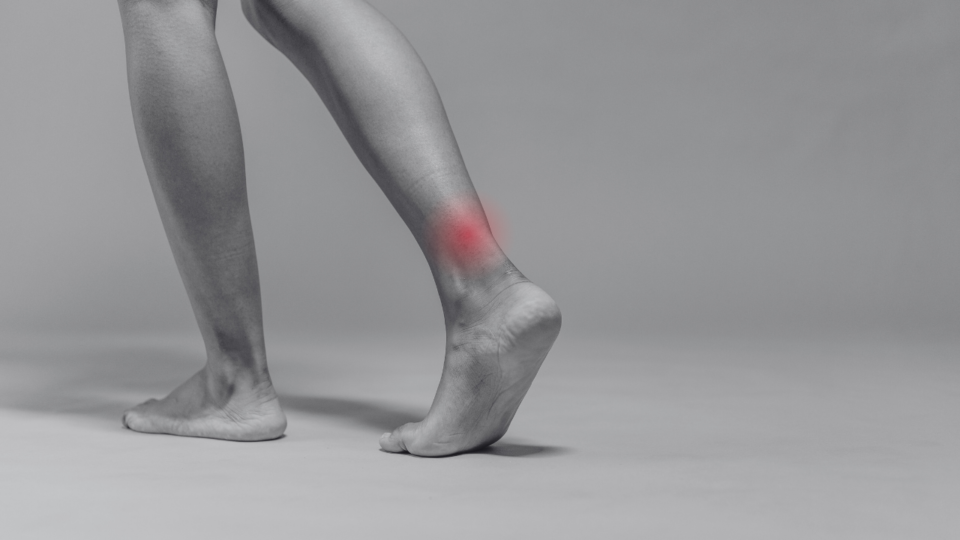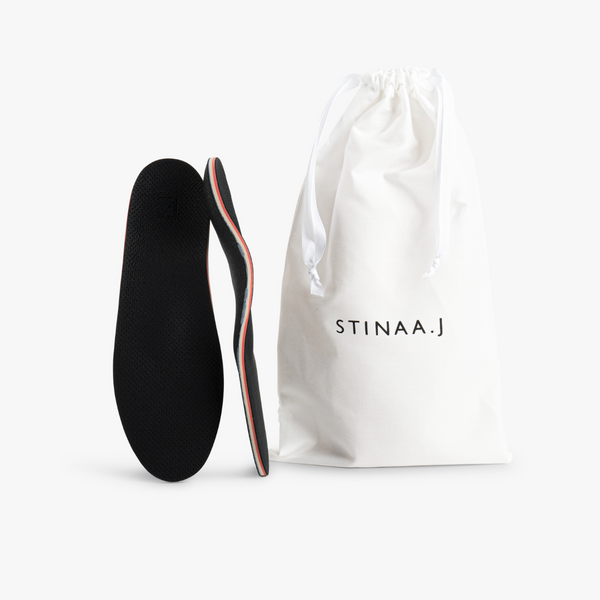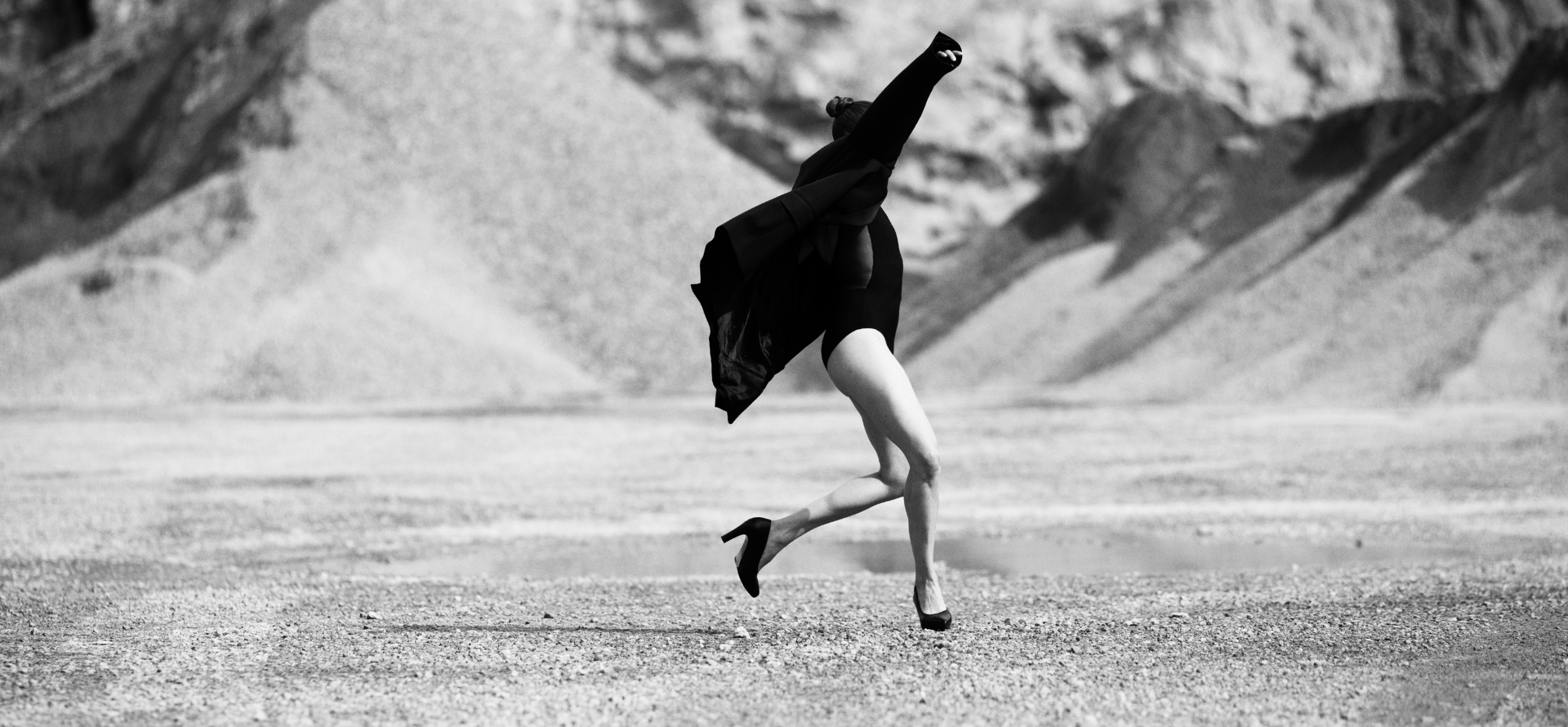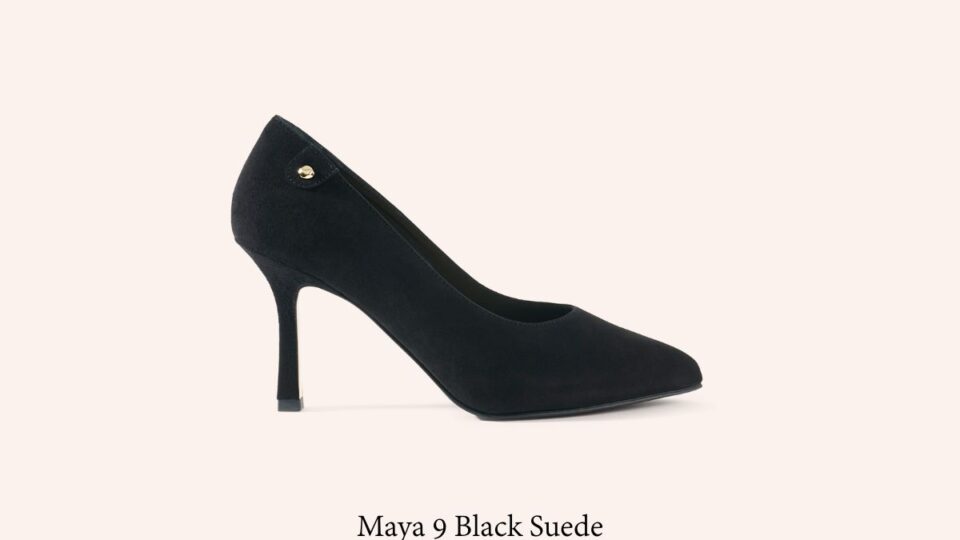Achilles tendonitis is an overuse injury affecting the Achilles tendon, the body's strongest tendon and the one that bears the greatest load. Wearing shoes with good cushioning to reduce stress on the Achilles tendon can help prevent and relieve discomfort.

What is Achilles Tendonitis?
The Achilles tendon runs from the heel to the calf muscle, transferring force from the calf to the foot. It also plays a crucial role in controlling the foot’s movement during bending and stretching. Achilles tendonitis commonly results from overuse of the tendon, such as during activities like running or jumping. Pain may also occur when exercise is restarted after a long inactivity. Additionally, aging can increase the risk of developing Achilles tendonitis.
Symptoms of Achilles Tendonitis
Achilles tendonitis often causes pain in the Achilles tendon, typically felt in the middle or lower part of the tendon and at its attachment to the heel. The pain usually starts gradually as a mild ache during physical activity and can become more intense with prolonged or strenuous exercise. You might also experience stiffness and tenderness in the morning, which generally improves with gentle movement throughout the day.
Common symptoms include:
- Pain that worsens with activity and improves with rest
- Noticeable pain during physical activity
- Discomfort when standing on your toes
- Swelling and stiffness in the Achilles tendon, especially in the morning
Why You Develop Achilles Tendonitis
Achilles tendonitis is often caused by repetitive or intense stress on the Achilles tendon. Despite the term “tendonitis,” it’s rarely an actual inflammation but rather damage resulting from overuse. As we age, the Achilles tendon naturally becomes more vulnerable, increasing the risk of injury. This risk is especially high for those who have exercised sporadically and suddenly ramped up their training intensity.
Common causes of Achilles tendonitis include:
- A rapid increase in the stress placed on the Achilles tendon
- Insufficient recovery time after exercise
- Activities that put significant strain on the tendon
- Underlying conditions like psoriasis or high blood pressure
- Footwear with inadequate cushioning
- Unstable shoes
- Shoes that apply excessive pressure on the heel and Achilles tendon



